 KRISTEN GELINEAU,Associated Press
6 hours ago
KRISTEN GELINEAU,Associated Press
6 hours ago
SYDNEY (AP) —
Australian police charged a top Vatican cardinal on Thursday with
multiple counts of historical sexual assault offenses, a stunning
decision certain to rock the highest levels of the Holy See.
Cardinal George
Pell, Pope Francis' chief financial adviser and Australia's most senior
Catholic, is the highest-ranking Vatican official to ever be charged in
the church's long-running sexual abuse scandal.
Victoria state Police Deputy Commissioner Shane
Patton said police have summonsed Pell to appear in an Australian court
to face multiple charges of "historic sexual offenses," meaning offenses
that generally occurred some time ago. Patton said there are multiple
complainants against Pell, but gave no other details on the allegations
against the cardinal. Pell was ordered to appear in Melbourne
Magistrates Court on July 18.Pell has repeatedly denied all abuse allegations made against him. The Catholic Church in Australia, which issues statements on Pell's behalf, did not immediately respond to a request for comment on the charges.
"It is important to note that none of the allegations that have been made against Cardinal Pell have, obviously, been tested in any court yet," Patton told reporters in Melbourne. "Cardinal Pell, like any other defendant, has a right to due process."
The charges are a new and serious blow to Pope Francis, who has already suffered several credibility setbacks in his promised "zero tolerance" policy about sex abuse.
For years, Pell has faced allegations that he mishandled cases of clergy abuse when he was archbishop of Melbourne and, later, Sydney. His actions as archbishop came under intense scrutiny in recent years by a government-authorized investigation into how the Catholic Church and other institutions have responded to the sexual abuse of children. Australia's Royal Commission into Institutional Responses to Child Sexual Abuse — the nation's highest form of inquiry — has found shocking levels of abuse in Australia's Catholic Church, revealing earlier this year that 7 percent of Catholic priests were accused of sexually abusing children over the past several decades.
Last year, Pell acknowledged during his
testimony to the commission that the Catholic Church had made "enormous
mistakes" in allowing thousands of children to be raped and molested by
priests. He conceded that he, too, had erred by often believing the
priests over victims who alleged abuse. And he vowed to help end a rash
of suicides that has plagued church abuse victims in his Australian
hometown of Ballarat.
But more recently, Pell himself became the focus of a clergy sex abuse investigation, with Victoria detectives flying to the Vatican last year to interview the cardinal. It is unclear what allegations the charges announced Thursday relate to, but two men, now in their 40s, have said that Pell touched them inappropriately at a swimming pool in the late 1970s, when Pell was a senior priest in Melbourne.
Australia has no extradition treaty with the Vatican. That leaves two likely outcomes: Either Pell volunteers to return to Australia to fight the charges, or the Vatican could tell the cardinal to do so, said Donald Rothwell, an international law expert at the Australian National University.
"I would think that the pope would be very concerned to think that one of his cardinals, and someone who holds a high position within the Vatican government structure, is being wanted on criminal charges in Australia," Rothwell said in a recent interview. "So if the pope was to say, 'Well look, Cardinal Pell, I'd like you to return to Australia and mount a defense,' I'm sure Cardinal Pell would probably follow that instruction. ... In the case of someone like Cardinal Pell, the sway that the pope and the church has over him is much greater than the ordinary citizen."
The charges put Pope Francis in a thorny position. In 2014, Francis won cautious praise from victims' advocacy groups when he created a commission of outside experts to advise him and the broader church about "best practices" to fight abuse and protect children.
But the commission has since lost much of its credibility after its two members who were survivors of abuse left. Francis also scrapped the commission's signature proposal — a tribunal section to hear cases of bishops who covered up for abuse — after Vatican officials objected.
In addition, Francis drew heated criticism for his 2015 appointment of a Chilean bishop accused by victims of helping cover up for Chile's most notorious pedophile. The pope was later caught on videotape labeling the parishioners who opposed the nomination of being "leftists" and "stupid."
When Francis was asked last year about the accusations against Pell, he said he wanted to wait for Australian justice to take its course before judging. "It's true, there is a doubt," he told reporters en route home from Poland. "We have to wait for justice and not first make a mediatic judgment — a judgment of gossip — because that won't help."
"Once justice has spoken, I will speak," he said.
Francis appointed Pell in 2014 to a five-year term to head the Vatican's new economy secretariat, giving him broad rein to control all economic, administrative, personnel and procurement functions of the Holy See. The mandate has since been restricted to performing more of an oversight role.
It remains to be seen how Pell — and the pope — will respond to the developments.
Given Francis' credibility is on the line, any decision to keep Pell on as prefect while facing charges would reflect poorly on Francis, given he remains one of the pope's top advisers.
At the same time, the Vatican has a history of shielding its own: When Cardinal Bernard Law resigned in disgrace in 2002 over his cover-up of abuse in Boston, victims expressed outrage that St. John Paul II gave him a plum position as archpriest of a Rome basilica.
The transfer spared Law what would likely have been years of litigation and testimony in U.S. courts as victims sued the archdioceses for their abuse, though Law himself was never criminally charged with wrongdoing.
In the 1980s, the Vatican refused to cooperate with Italian investigators when one of its officials, Archbishop Paul C. Marcinkus, was indicted over a banking scandal. The Vatican successfully cited his diplomatic immunity.
___
Associated Press writer Nicole Winfield in Rome contributed to this report.
But more recently, Pell himself became the focus of a clergy sex abuse investigation, with Victoria detectives flying to the Vatican last year to interview the cardinal. It is unclear what allegations the charges announced Thursday relate to, but two men, now in their 40s, have said that Pell touched them inappropriately at a swimming pool in the late 1970s, when Pell was a senior priest in Melbourne.
Australia has no extradition treaty with the Vatican. That leaves two likely outcomes: Either Pell volunteers to return to Australia to fight the charges, or the Vatican could tell the cardinal to do so, said Donald Rothwell, an international law expert at the Australian National University.
"I would think that the pope would be very concerned to think that one of his cardinals, and someone who holds a high position within the Vatican government structure, is being wanted on criminal charges in Australia," Rothwell said in a recent interview. "So if the pope was to say, 'Well look, Cardinal Pell, I'd like you to return to Australia and mount a defense,' I'm sure Cardinal Pell would probably follow that instruction. ... In the case of someone like Cardinal Pell, the sway that the pope and the church has over him is much greater than the ordinary citizen."
The charges put Pope Francis in a thorny position. In 2014, Francis won cautious praise from victims' advocacy groups when he created a commission of outside experts to advise him and the broader church about "best practices" to fight abuse and protect children.
But the commission has since lost much of its credibility after its two members who were survivors of abuse left. Francis also scrapped the commission's signature proposal — a tribunal section to hear cases of bishops who covered up for abuse — after Vatican officials objected.
In addition, Francis drew heated criticism for his 2015 appointment of a Chilean bishop accused by victims of helping cover up for Chile's most notorious pedophile. The pope was later caught on videotape labeling the parishioners who opposed the nomination of being "leftists" and "stupid."
When Francis was asked last year about the accusations against Pell, he said he wanted to wait for Australian justice to take its course before judging. "It's true, there is a doubt," he told reporters en route home from Poland. "We have to wait for justice and not first make a mediatic judgment — a judgment of gossip — because that won't help."
"Once justice has spoken, I will speak," he said.
Francis appointed Pell in 2014 to a five-year term to head the Vatican's new economy secretariat, giving him broad rein to control all economic, administrative, personnel and procurement functions of the Holy See. The mandate has since been restricted to performing more of an oversight role.
It remains to be seen how Pell — and the pope — will respond to the developments.
Given Francis' credibility is on the line, any decision to keep Pell on as prefect while facing charges would reflect poorly on Francis, given he remains one of the pope's top advisers.
At the same time, the Vatican has a history of shielding its own: When Cardinal Bernard Law resigned in disgrace in 2002 over his cover-up of abuse in Boston, victims expressed outrage that St. John Paul II gave him a plum position as archpriest of a Rome basilica.
The transfer spared Law what would likely have been years of litigation and testimony in U.S. courts as victims sued the archdioceses for their abuse, though Law himself was never criminally charged with wrongdoing.
In the 1980s, the Vatican refused to cooperate with Italian investigators when one of its officials, Archbishop Paul C. Marcinkus, was indicted over a banking scandal. The Vatican successfully cited his diplomatic immunity.
___
Associated Press writer Nicole Winfield in Rome contributed to this report.
|
|
One photographer is hoping to counter misconceptions
about former gang members by showing what they’d look like without the
tattoos for which people often misjudge them.
In the photo series ”Skin Deep,” Steven Burton takes images of former gang members, and digitally alters them to remove the tattoos, placing the before-and-after images side by side.

In the photo series ”Skin Deep,” Steven Burton takes images of former gang members, and digitally alters them to remove the tattoos, placing the before-and-after images side by side.

“I did it for people to not be intimidated by
gang tattoos, so they take time to listen to people’s stories,” Burton
said. “People judge them just walking toward them, but you don’t know
them, you don’t know their situation.”
In a new book coming out this fall, Burton pairs the images with testimonies from the former gang members who are seeing themselves for the first time without any tattoos ― some for the first time in decades.
“I think I would be more accepted if I looked like this, without nothing on my face or my arms,” Francisco Flores, a former gang member, said in a book preview sent to HuffPost. “More acceptance from employers and certain people, I wouldn’t get judged as bad.”
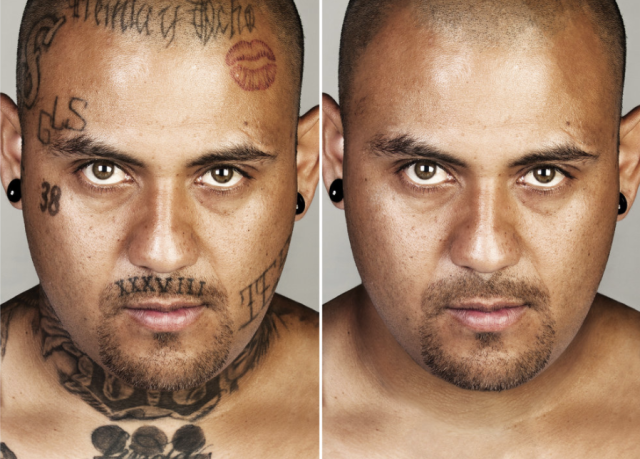 Burton met the people featured in the series ― who are largely Latino and based in Los Angeles ― through Homeboy Industries.
It’s a nonprofit that helps people who have left gangs or prison by
providing services like parenting classes, job training, employment, as
well as free tattoo removal.
Burton met the people featured in the series ― who are largely Latino and based in Los Angeles ― through Homeboy Industries.
It’s a nonprofit that helps people who have left gangs or prison by
providing services like parenting classes, job training, employment, as
well as free tattoo removal.
People who have been involved with gangs sometimes get tattoos to mark their affiliation. Once they decide to leave that life behind, tattoos can be a major barrier to employment, with potential employers pre-judging candidates. But tattoo removal is painful and can be expensive, potentially taking years and costing thousands of dollars.
Flores, who has been getting his gang tattoos gradually removed over the past five years, said that when it came to finding a job, his tattoos gave him “a hassle.”
“A lot of people think I’m a bad person ― they see me, they think ‘He’s gonna rob us’ or is somebody bad,” Flores told HuffPost. “I want people to see the person that I am, not the one they think they see. I’m really a really nice guy.”
Flores joined a gang at age 11, after he was kicked out of his house and was living on the streets. He then struggled with heroin addiction later in life and was in and out of prison for years. Now he’s been clean since 2010 and is a youth advocate with Homeboy Industries, speaking to kids in school about his past experience with gangs and drugs, and warning them against it.
“The first people to take me in was [the gang], and it felt like a family ― but it was fake love,” Flores told HuffPost. “But [the students] don’t want to hear it from someone who hasn’t been through the struggle.”
Flores noted that he will be keeping some tattoos: ones of his kids, and those that reflect his Mexican heritage.
 Most of the subjects in the “Skin
Deep” series are somewhere in the process of getting their gang tattoos
removed, for a wide range of reasons, Burton said.
Most of the subjects in the “Skin
Deep” series are somewhere in the process of getting their gang tattoos
removed, for a wide range of reasons, Burton said.
After he showed them their portraits with their tattoos photoshopped out, some would laugh at first, but then get contemplative and even emotional.
“At first I was surprised ― I haven’t seen myself like that in years, it caught me off guard,” Flores told HuffPost. “But after all the pain I’ve gone through, it was kind of nice.”
The most common response, according to Burton, was, “I’m going to show this to my mom.”
It took Burton two years and around 400 hours to create the photo series, from re-touching the photos to capturing the testimonies, according to his website. A portion of the profits from the upcoming book will go to Homeboy Industries, and some to continuing the “Skin Deep” project.
“Especially right now when everybody is so scared of everybody, I hope this allows us to have more empathy,” Burton told HuffPost. “It’s really hard to judge somebody if you know them.”
You can see more images from the “Skin Deep” series below, or on Burton’s website.

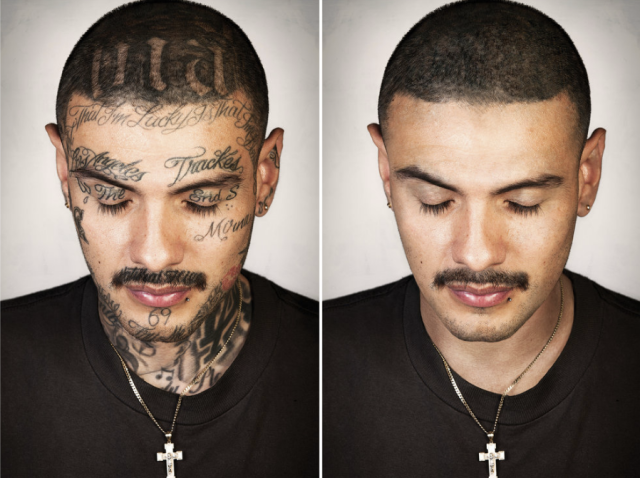
 This article originally appeared on
HuffPost
.
This article originally appeared on
HuffPost
.
In a new book coming out this fall, Burton pairs the images with testimonies from the former gang members who are seeing themselves for the first time without any tattoos ― some for the first time in decades.
“I think I would be more accepted if I looked like this, without nothing on my face or my arms,” Francisco Flores, a former gang member, said in a book preview sent to HuffPost. “More acceptance from employers and certain people, I wouldn’t get judged as bad.”
 Burton met the people featured in the series ― who are largely Latino and based in Los Angeles ― through Homeboy Industries.
It’s a nonprofit that helps people who have left gangs or prison by
providing services like parenting classes, job training, employment, as
well as free tattoo removal.
Burton met the people featured in the series ― who are largely Latino and based in Los Angeles ― through Homeboy Industries.
It’s a nonprofit that helps people who have left gangs or prison by
providing services like parenting classes, job training, employment, as
well as free tattoo removal.People who have been involved with gangs sometimes get tattoos to mark their affiliation. Once they decide to leave that life behind, tattoos can be a major barrier to employment, with potential employers pre-judging candidates. But tattoo removal is painful and can be expensive, potentially taking years and costing thousands of dollars.
Flores, who has been getting his gang tattoos gradually removed over the past five years, said that when it came to finding a job, his tattoos gave him “a hassle.”
“A lot of people think I’m a bad person ― they see me, they think ‘He’s gonna rob us’ or is somebody bad,” Flores told HuffPost. “I want people to see the person that I am, not the one they think they see. I’m really a really nice guy.”
Flores joined a gang at age 11, after he was kicked out of his house and was living on the streets. He then struggled with heroin addiction later in life and was in and out of prison for years. Now he’s been clean since 2010 and is a youth advocate with Homeboy Industries, speaking to kids in school about his past experience with gangs and drugs, and warning them against it.
“The first people to take me in was [the gang], and it felt like a family ― but it was fake love,” Flores told HuffPost. “But [the students] don’t want to hear it from someone who hasn’t been through the struggle.”
Flores noted that he will be keeping some tattoos: ones of his kids, and those that reflect his Mexican heritage.
 Most of the subjects in the “Skin
Deep” series are somewhere in the process of getting their gang tattoos
removed, for a wide range of reasons, Burton said.
Most of the subjects in the “Skin
Deep” series are somewhere in the process of getting their gang tattoos
removed, for a wide range of reasons, Burton said.After he showed them their portraits with their tattoos photoshopped out, some would laugh at first, but then get contemplative and even emotional.
“At first I was surprised ― I haven’t seen myself like that in years, it caught me off guard,” Flores told HuffPost. “But after all the pain I’ve gone through, it was kind of nice.”
The most common response, according to Burton, was, “I’m going to show this to my mom.”
It took Burton two years and around 400 hours to create the photo series, from re-touching the photos to capturing the testimonies, according to his website. A portion of the profits from the upcoming book will go to Homeboy Industries, and some to continuing the “Skin Deep” project.
“Especially right now when everybody is so scared of everybody, I hope this allows us to have more empathy,” Burton told HuffPost. “It’s really hard to judge somebody if you know them.”
You can see more images from the “Skin Deep” series below, or on Burton’s website.


 This article originally appeared on
HuffPost
.
This article originally appeared on
HuffPost
.
|

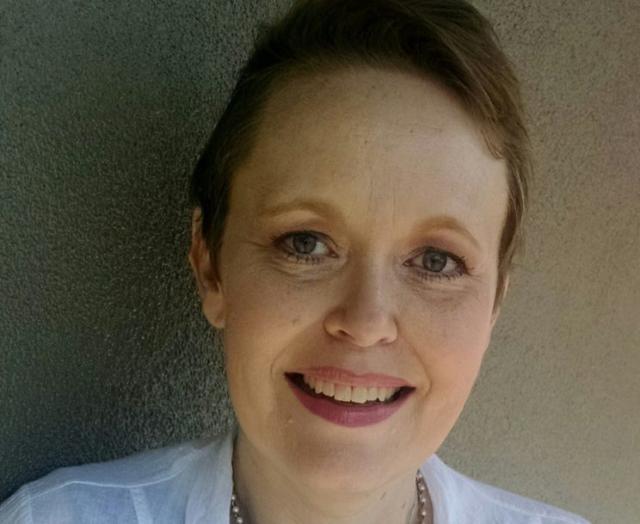
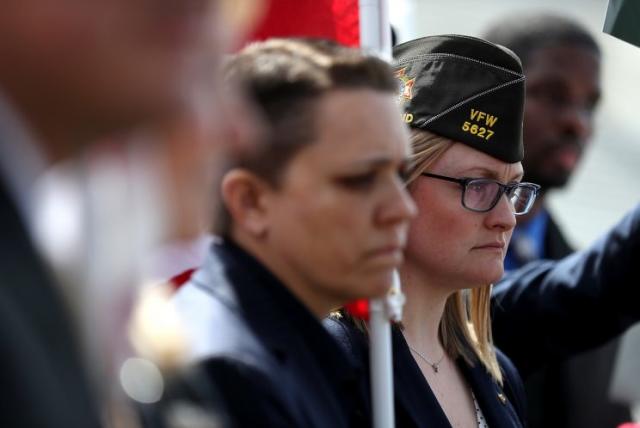
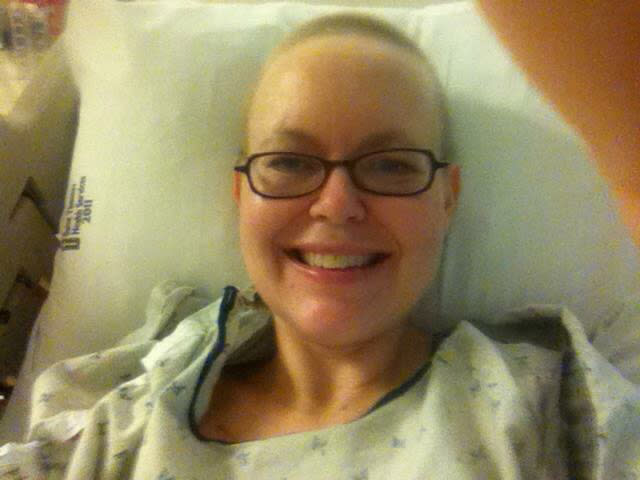


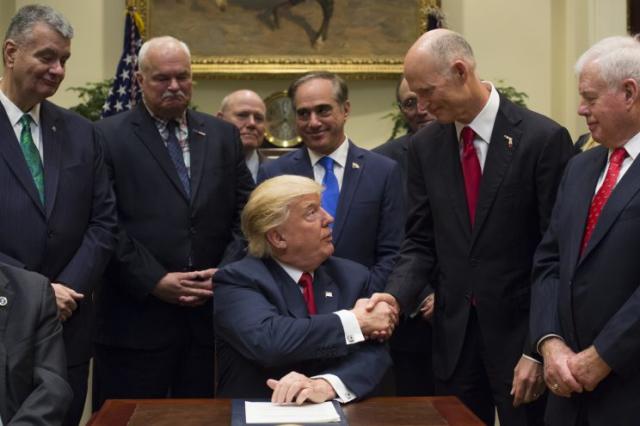

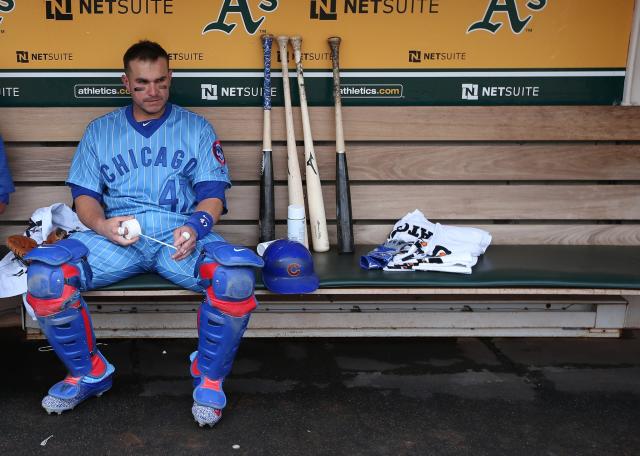

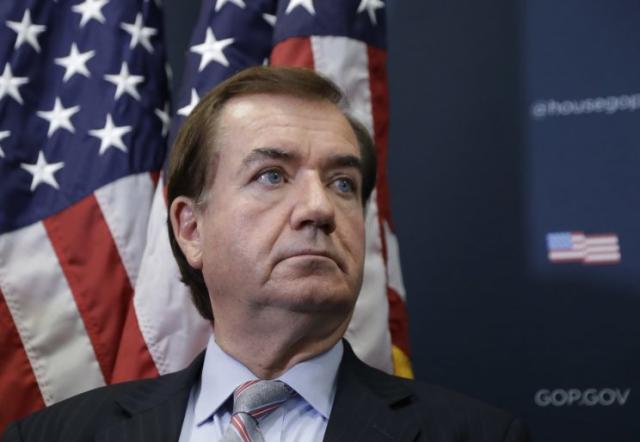




Sem comentários:
Enviar um comentário